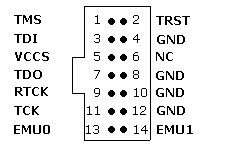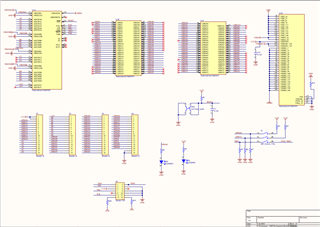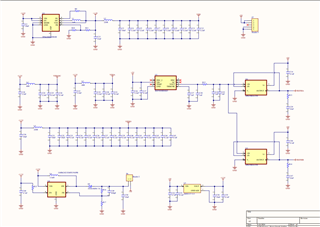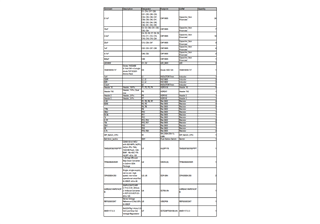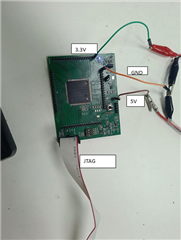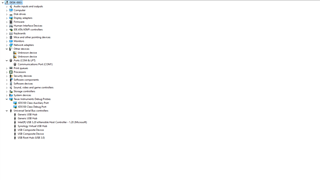Tool/software:
Hi Community,
So, lately I've been developing an application using TMS320F28379D launchpad but now as I have developed my application using the launchpad and now I want to integrate my software to the hardware I have built, for the purpose I have bought XDS100V2 DSP EMULATOR but still I don't know how to do that it will be very grateful if anyone from you help me regarding this.
Some question which I already have are that does all the 14-pin JTAG EMULATOR have same pin out???? like I'm using this pinout as my reference but if JTAG pinout for 14-pin JTAG EMULATOR is different from manufacturer to manufacturer than I have to change the configuration. 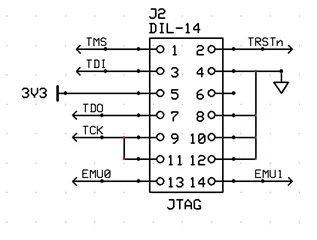
Regards,
Vishwas


